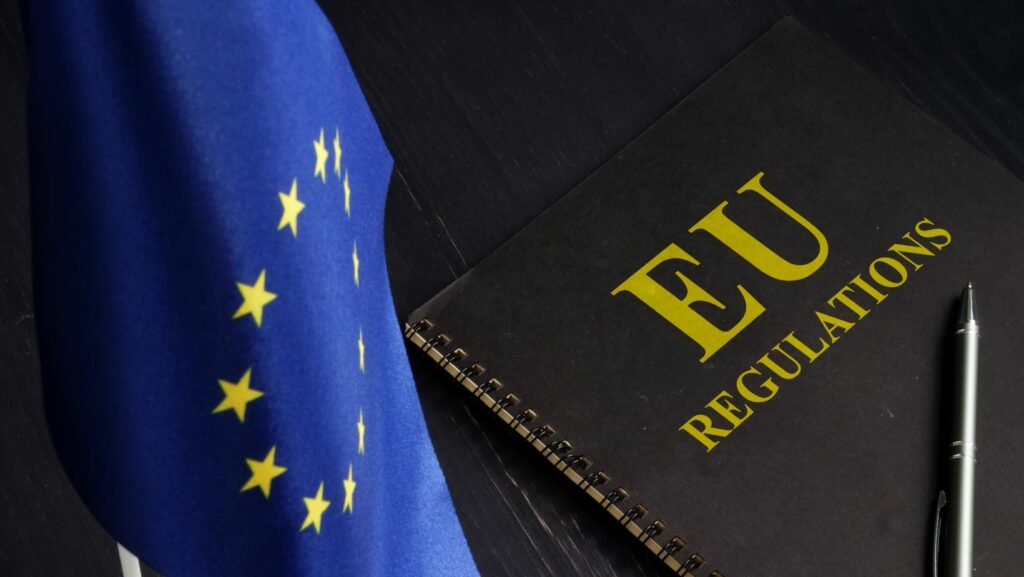When government regulations tighten, businesses across industries explore tips to scramble to comply. But who bears the cost? It’s a question that stirs debate among economists, business owners, and consumers alike. As regulations aim to ensure safety, fairness, and environmental stewardship, they also bring financial implications.
Who Ultimately Pays for Compliance With Government Regulations
Compliance with government regulations inevitably influences the economic dynamics across various sectors and stakeholders. Costs associated with these regulations frequently translate into pricing adjustments, operational changes, and strategic realignments.
Types of Government Regulations
 Government regulations come in various forms, each designed to address specific areas of public and economic concern. Examples of such regulations include environmental standards, health and safety guidelines, financial reporting requirements, and consumer protections. Companies must adhere to environmental regulations that might require significant investment in cleaner technologies. Health and safety standards ensure worker protection but often necessitate updated equipment or training programs. Financial regulations compel businesses to maintain transparent and accurate reporting, requiring investments in compliance departments or external audit services. Meanwhile, consumer protection laws focus on product safety and fair marketing practices, which may lead to product redesigns or changes in service delivery.
Government regulations come in various forms, each designed to address specific areas of public and economic concern. Examples of such regulations include environmental standards, health and safety guidelines, financial reporting requirements, and consumer protections. Companies must adhere to environmental regulations that might require significant investment in cleaner technologies. Health and safety standards ensure worker protection but often necessitate updated equipment or training programs. Financial regulations compel businesses to maintain transparent and accurate reporting, requiring investments in compliance departments or external audit services. Meanwhile, consumer protection laws focus on product safety and fair marketing practices, which may lead to product redesigns or changes in service delivery.
Impact of Regulations on Different Sectors
The impact of government regulations varies considerably across different sectors:
- Manufacturing Sector: This sector often faces stringent environmental and safety regulations. Compliance costs can be substantial, leading to increased prices for consumers if businesses decide to pass on these costs. Alternatively, manufacturers might opt to absorb these costs, potentially reducing profit margins or cutting operational expenses elsewhere.
- Service Sector: Regulations in the service industry, particularly concerning privacy and data protection, can compel businesses to invest heavily in secure systems and compliance training. These costs may result in higher service charges to customers.
- Retail Sector: Consumer protection laws significantly impact the retail sector. Compliance can require changes in pricing displays, product returns policies, and warranty conditions, which might necessitate additional operational spending that could be transferred to consumers in the form of higher prices.
In each sector, the businesses initially bear the financial responsibility of meeting regulation standards. However, they often offset these expenses through tactics like increasing prices, reducing labor costs, or altering their service and product offerings, ultimately distributing the financial burden across consumers and other market participants.
Economic Burden of Compliance
Direct Costs of Compliance
 Direct costs of compliance primarily encompass the immediate expenditures that businesses incur to adhere to regulatory standards. These expenses include, but are not limited to, the necessary updates to equipment, technology upgrades, hiring specialized staff such as compliance officers, and the costs associated with maintaining current certifications. For example, in the manufacturing sector, companies might need to invest in new machinery to meet environmental standards. Similarly, financial institutions often have to increase their spending on technology and personnel to ensure compliance with evolving financial reporting requirements.
Direct costs of compliance primarily encompass the immediate expenditures that businesses incur to adhere to regulatory standards. These expenses include, but are not limited to, the necessary updates to equipment, technology upgrades, hiring specialized staff such as compliance officers, and the costs associated with maintaining current certifications. For example, in the manufacturing sector, companies might need to invest in new machinery to meet environmental standards. Similarly, financial institutions often have to increase their spending on technology and personnel to ensure compliance with evolving financial reporting requirements.
Indirect Costs and Their Implications
Indirect costs, while less apparent, can significantly affect a business’s operational efficiency and market position. These costs include increased administrative burdens, the time spent on compliance activities instead of business development, and potential disruptions to existing workflows. Furthermore, indirect costs can extend to the reputational risks businesses face when failing to meet regulatory standards or the opportunity costs of forgoing certain business activities due to compliance limitations. For instance, a company may need to reject profitable ventures purely because the regulatory risks and compliance costs outweigh potential gains.
Who Bears the Cost?
Compliance with government regulations incurs significant economic burdens that affect various market players. This section explores who ultimately shoulders these costs.
The Role of Businesses in Absorbing Costs
 Businesses primarily absorb the direct costs associated with regulatory compliance. These expenses include investments in new equipment, technology upgrades, and salaries for compliance specialists. For example, a manufacturer might need to purchase advanced filtration systems to comply with environmental standards, while a financial institution could hire additional compliance officers to meet new regulatory requirements.
Businesses primarily absorb the direct costs associated with regulatory compliance. These expenses include investments in new equipment, technology upgrades, and salaries for compliance specialists. For example, a manufacturer might need to purchase advanced filtration systems to comply with environmental standards, while a financial institution could hire additional compliance officers to meet new regulatory requirements.
Companies also face indirect costs, such as delayed project timelines and lost productivity due to the implementation of new compliance measures. A retail business, for instance, might need to train its staff on new health and safety protocols, leading to hours of work dedicated to training instead of sales.

